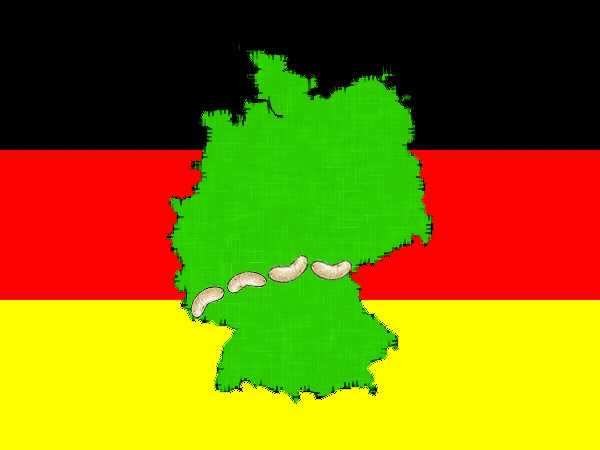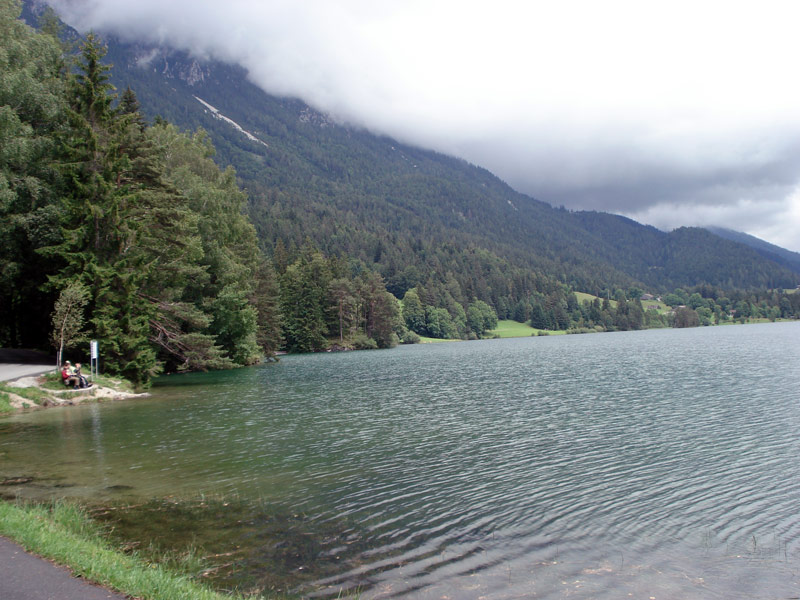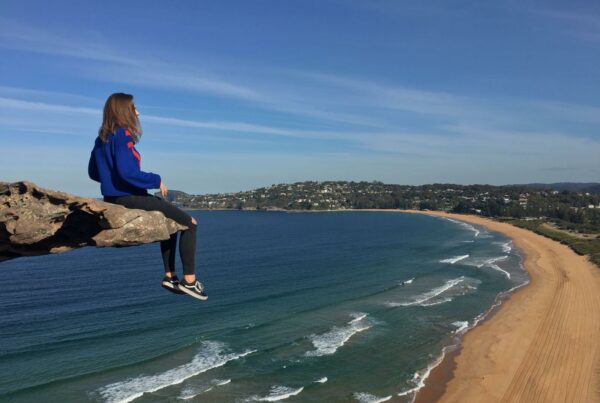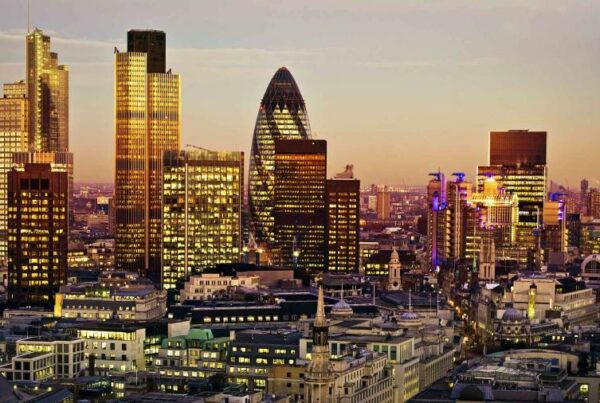
You would be forgiven for expecting Germany’s biggest cultural divisions to be between the West and East: two different countries until the start of the 1990s. But the differences between the north and south of Germany actually run much deeper.
The “Weißwurstäquator” (weisswurst equator) is a fictional line that runs through Germany somewhere around the River Main. It is named after the Weißwurst: a favourite sausage in the south of Germany but rarely seen in the north.
History
To understand the Weißwurstäquator, it’s important to understand a little German history.
The country we know today came into existence in 1871 when, under the guidance of Otto von Bismarck, Germany unified for the first time. Before that, separate states of Germany were ruled independently by different aristocratic families.
Among the old administrative boundaries, there were some independent cities (Hamburg remains that way today) and there were some big states… Bavaria in the south and Prussia in the north being two of the most powerful.
Culturally, there were significant differences between the northern and southern states. For example, the northern states were generally protestant, while the south of Germany was, and remains, largely catholic. The northern states were ruled by aristocrats with international ambitions while the southerners were content with their rolling hills, tasty beer and blinging castles.
Nowadays, the aristocrats’ only real influence is over gossip columnists and all of Germany is overseen from Berlin. But the old cultural differences haven’t faded away entirely.
What’s typical south of the Weißwurstäquator?

Trendy residents of Berlin and Hamburg may joke that those south of the Weißwurstäquator as Lederhosen-wearing, lager-loving conservatives who love only one thing more than their Heimat: their expensive cars.
But people south of the Weißwurstäquator would counter that their northern cousins are jealous of a region that is prettier, wealthier, enjoys better weather (hotter in the summer, snowy in the winter) and has a “Gemütlichkeit” that you won’t find in Berlin Mitte!
“But,” respond the Berliners, “surely better to be hip than Schickimicki!” And so on and so forth.
Apart from the tasty Weißwurst that gives the border its name, there are other things that change when you head south of the Weißwurstäquator. For example the religion (mainly Catholic), the politics (CDU/CSU) and the scenery (greener, hillier). And then there’s the language.
While few in Germany really speak the Hochdeutsch taught to foreigners, Bayern’s German takes a little getting used to. If you want to pronounce “Weißwurstäquator” in Bayerisch, for example, you would have to say something like “Weißwuascht Äquator”.
Other things that you will find in the south include lederhosen, massive beer festivals, dirndls, bretzels, Austrians and Alps.
Germany’s northern cities, meanwhile, are some of the world’s most exciting hubs of the arts. Berlin and Hamburg are particularly vibrant and liberal (albeit in a highly structured German way).
So, where to go?
Germany is a big, diverse and truly interesting country. Whether you visit the sunny south or the cosmopolitan cities of north, unique cultures await you. If you need help deciding, our team can help you choose… with offices in both Munich and Berlin, we’re not taking any sides on this one!
To sample life (and sausages) south of the Weißwurstäquator, check out our German courses in Munich, Freiburg, Lindau and Regensburg or see our full list of German courses in Germany.



What do you think?